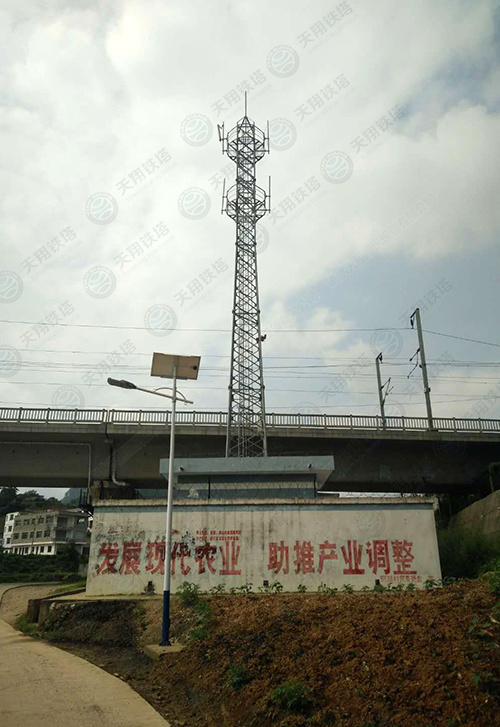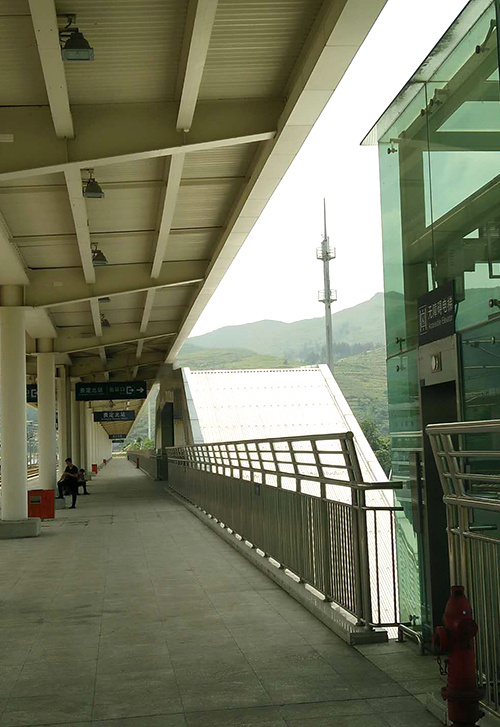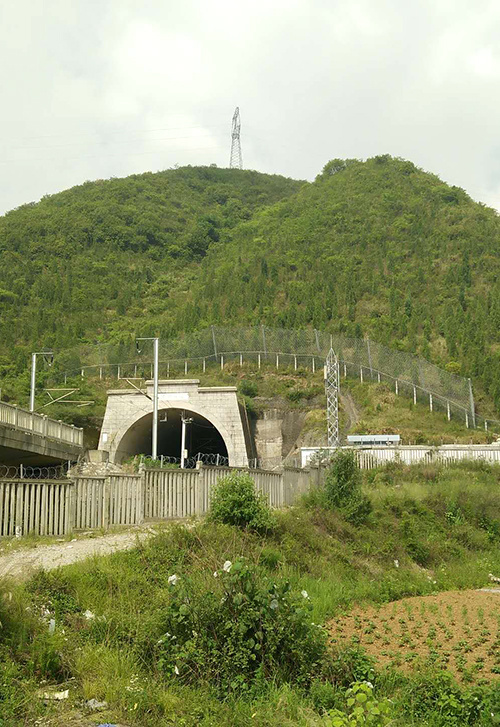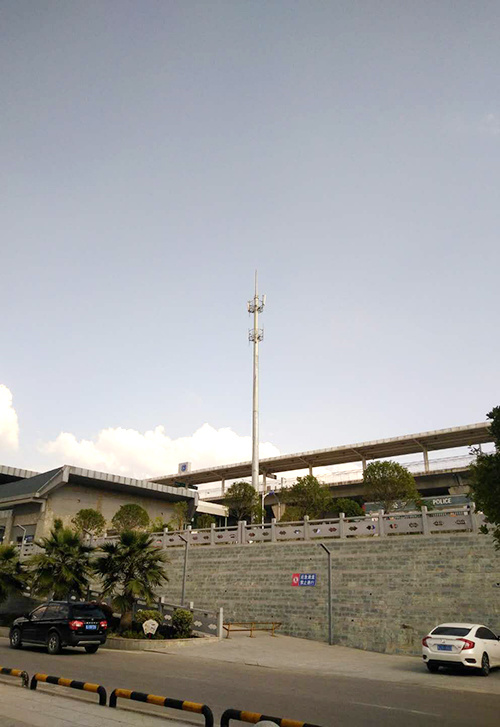Reaching New Heights: The Impact of Broadcasting and Television Towers on Modern Communication
The Backbone of Communication
Hey there, folks! When you flip on your TV or tune into your favorite radio station, have you ever wondered about the magic behind those signals? You guessed it! It all boils down to the broadcasting and television tower. These towering giants are the unsung heroes of the communication industry, ensuring that your favorite shows and tunes reach you loud and clear.
What Exactly Are Broadcasting and Television Towers?
Now, let's break it down. Broadcasting and television towers are tall structures designed to transmit radio and television signals. They are equipped with antennas that facilitate the transmission of electromagnetic waves. These towers help in delivering signals to various receivers, whether it's your TV, radio, or even your smartphone. Pretty nifty, huh?
A Brief History
Can you believe that the first broadcasting tower was erected way back in the 1920s? Talk about a blast from the past! Originally, these towers were built to support a single type of broadcast. However, with the rapid evolution of technology, they now cater to multiple broadcasts, including digital, analog, and even internet signals. The advancements in broadcasting technology have truly revolutionized the industry.
The Technology Behind the Towers
So, what's cooking inside these broadcasting and television towers? Well, the secret sauce lies in a combination of antennas, transmitters, and receivers. The antennas capture the signals and transmit them over vast distances. Meanwhile, transmitters amplify these signals, ensuring they reach every nook and cranny of your neighborhood. And let’s not forget about the receivers—they're the ones who decode these signals into audio and visual formats, making your viewing experience a breeze.
Different Types of Towers
Here’s a fun fact: not all towers are created equal! There are various types of broadcasting and television towers, each serving a unique purpose. For instance, lattice towers are popular for their lightweight structures, while monopole towers are known for their sleek designs. There's also the guyed tower, which uses cables to stabilize its height—perfect for those windy days!
Why They Matter
Now, you might be asking yourself, "Why should I care about these towers?" Well, let me tell you! Broadcasting and television towers play a crucial role in ensuring that everyone, regardless of location, has access to information and entertainment. In emergency situations, these towers become lifelines for disseminating critical updates. Without them, the world would be a much quieter place!
Challenges Ahead
But wait! It's not all sunshine and rainbows. The broadcasting industry faces its fair share of challenges. As more people switch to streaming services, traditional broadcasting needs to adapt. Plus, with the rise of 5G technology, there’s a growing demand for new towers to support high-speed internet. Talk about keeping up with the times!
Innovations on the Horizon
Looking ahead, the future of broadcasting and television towers is bright! Innovations such as smart antennas and integrated communication systems are set to take center stage. These advancements will not only enhance the quality of broadcasts but also increase the efficiency of signals. So, buckle up—exciting times are coming!
Conclusion
In conclusion, broadcasting and television towers are more than just tall structures dotting our landscapes. They are the backbone of modern communication, bridging the gap between information and the masses. As we move forward, let's appreciate these towering wonders and the role they play in our daily lives. So next time you settle in for a binge-watch session, remember the hard work that goes on behind the scenes!
Tag:











